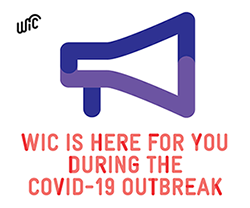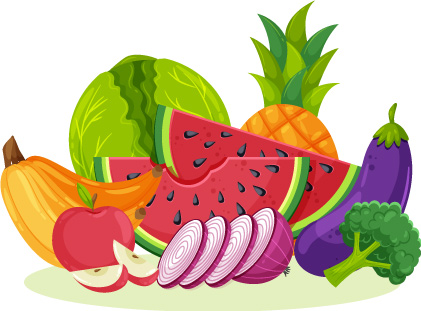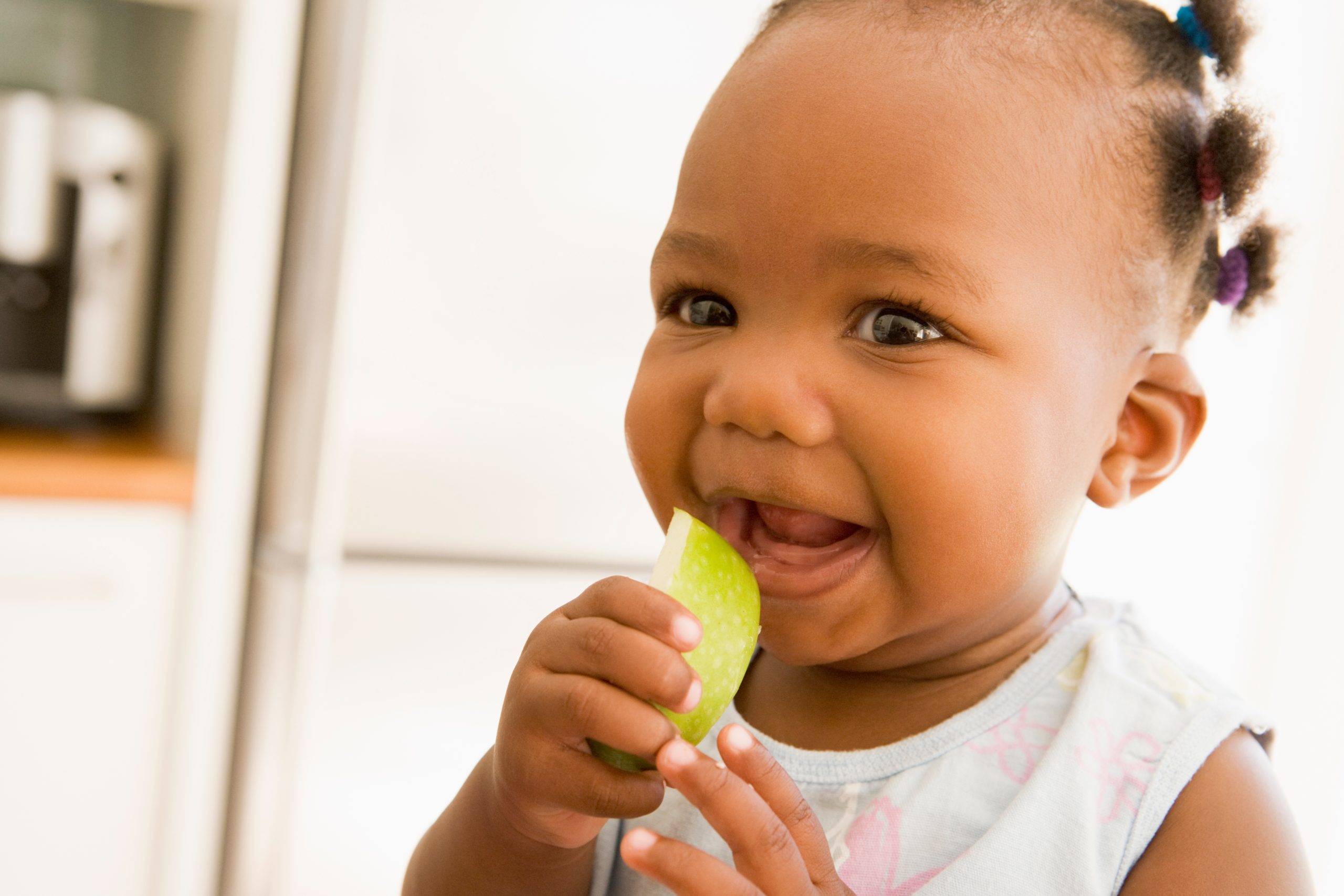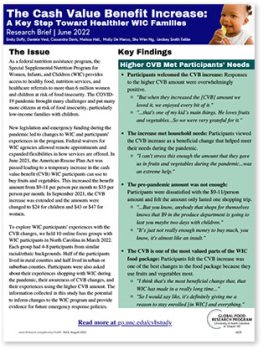 Many U.S. families faced new or additional challenges to finding and paying for food during the COVID-19 pandemic. Among these are over 6 million women and young children who participate in the federal Special Supplemental Nutrition Program for Women, Infants, and Children (WIC), which provides nutrition education, supplemental foods, breastfeeding promotion and support, and referrals for health care.
Many U.S. families faced new or additional challenges to finding and paying for food during the COVID-19 pandemic. Among these are over 6 million women and young children who participate in the federal Special Supplemental Nutrition Program for Women, Infants, and Children (WIC), which provides nutrition education, supplemental foods, breastfeeding promotion and support, and referrals for health care.
Beginning in June 2021, the American Rescue Plan Act provided a temporary increase in the cash value benefit (CVB) or voucher for WIC participants to buy fruits and vegetables. This increased the monthly CVB voucher amount from $9–11 per person to $35 per person. In September 2021, this temporary increase was extended, and the monthly benefit amounts were changed to $24 per child and $43–$47 for women (depending on whether they are pregnant, postpartum, or breastfeeding).


To explore WIC participants’ experiences with the CVB changes, researchers at UNC-Chapel Hill held 10 online focus groups with WIC participants in North Carolina in March 2022. Each group had 4–8 participants from similar racial/ethnic backgrounds. Half of the participants lived in rural counties and half lived in urban or suburban counties. Participants were asked about their experiences shopping with WIC during the pandemic, their awareness of CVB changes, and their experiences using the higher CVB amount. The information collected in this study has the potential to inform changes to the WIC program and provide evidence for future emergency response policies. Key findings include:
 Higher CVB met participants’ needs
Higher CVB met participants’ needs
- Participants welcomed the CVB increase: Responses to the higher CVB amount were overwhelmingly positive.
“But when they increased the [CVB] amount we loved it, we enjoyed every bit of it.”
“…that’s one of my kid’s main things. He loves fruits and vegetables…So we were very grateful for it.”
- The increase met household needs: Participants viewed the CVB increase as a beneficial change that helped meet their needs during the pandemic.
“I can’t stress this enough the amount that they gave us in fruits and vegetables during the pandemic…was an extreme help.”
- The pre-pandemic amount was not enough: Participants were dissatisfied with the $9-11/person amount and felt the amount only lasted one shopping trip.
“…But you know, anybody that shops for themselves knows that $9 in the produce department is going to last you maybe two days with children.”
“It’s just not really enough money to buy much, you know, it’s almost like an insult.”
- The CVB is one of the most valued parts of the WIC food package: Participants felt the CVB increase was one of the best changes to the food package because they use fruits and vegetables most.
“I think that’s the most beneficial change that, that WIC has made in a really long time…”
“So I would say like, it’s definitely giving me a reason to stay enrolled [in WIC] and everything.”
 Increased CVB = healthier WIC families
Increased CVB = healthier WIC families
- Higher CVB facilitates healthier eating habits: Participants stated their family ate healthier with more money for fruits and vegetables.
“I mean I liked it because it definitely changed the way like we were eating as a household… it became more convenient to grab an apple instead of a bag of chips you know.”
“Yes, it was the healthiest that we were able to eat in a very long time.”
- Introducing new fruits and vegetables to young children: Participants reported their children were able to try new types of fruit and vegetables, a critical part of forming healthy eating habits in childhood.
“With that increase in fruits and vegetables for my kids, I got to introduce them to vegetables that they would probably never eat at a young age.”
“But with the increase, I’ve been able to do other foods like cantaloupes, honeydew, other things that she would not have wanted to try…”
- Eating a more culturally appropriate diet: Some mentioned that the increase allowed them to eat a diet in line with their dietary/cultural preferences, especially participants with plant-based diets.
“I live in, like what they call a Latino household. So almost every meal that we have is based of fruits and vegetables…So it [the CVB increase] was very helpful for us.”
Challenges with implementation
- Uncertainty: The many changes in the CVB amounts in 2021 left participants confused about how much they were getting.
“…if it was something that we could rely on and was consistent, that would be better. But I mean, right now, it’s kind of you just got to play it by ear, because you don’t know what the changes are going to be.”
- Lack of awareness of changes: Many participants were not told about the CVB changes and found out while shopping or when checking their benefits in the WIC app.
“I wish I would’ve got a text or a call from one of the representatives…Instead of me going to store and me looking crazy ‘cause I’m finna buy all this fruit and I can’t ‘cause I ain’t got enough money.”
Recommendations
Based on these findings, researchers recommend the following for improving the CVB and promoting nutrition security among WIC participants:
- Make the CVB increase permanent to promote long-term healthy eating habits and reduce disparities
- Consider a new, higher CVB amount to account for inflation and meet participants’ needs
- Allow substitution of CVB for baby food for children ages 6-12 months to introduce fresh fruits and vegetables to their diet at an early age
- Increase efforts to inform participants of changes to the WIC program, including changes to CVB
Read the full research study in the International Journal of Environmental Research and Public Health.
This research was funded in part by Healthy Eating Research, a national program of the Robert Wood Johnson Foundation.
AUTHORS:
Emily Duffy
Daniele Vest
Cassandra Davis
Marissa Hall
Molly De Marco
Shu Wen Ng
Lindsey Smith Taillie
Read the full research brief:
